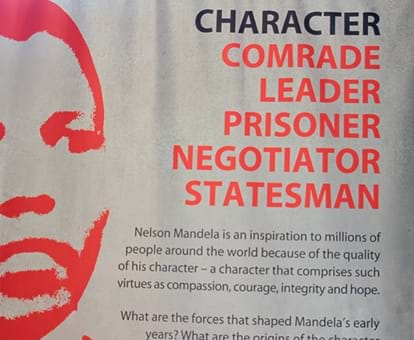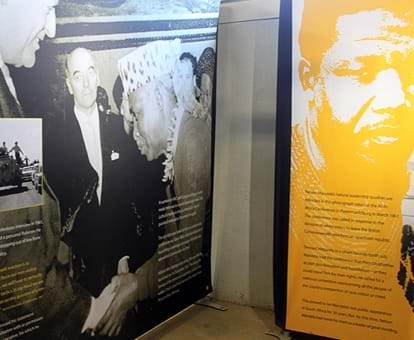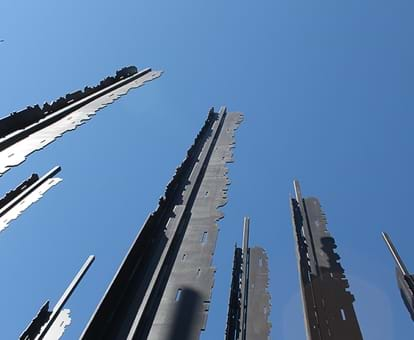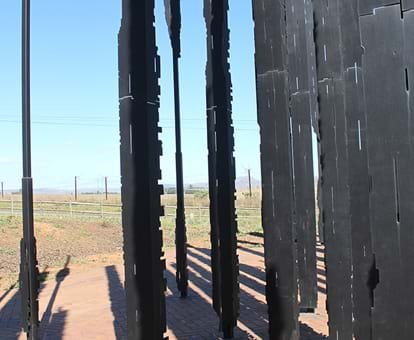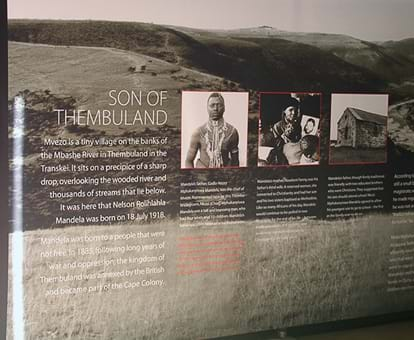By creating an account, I agree to the
Terms of service and Privacy policy
Choose your country and language:
Africa
Americas
Asia Pacific
Europe
OOn 5 August 1962, police waved down a car on a lonely country road in KwaZulu-Natal. At the wheel was Nelson Mandela, posing as a chauffeur. His arrest was the catalyst for a series of trials, culminating in the Rivonia Treason Trial that would ultimately see him spend 27 years in prison. Today this site is marked by an impressive and emotional sculpture in the KwaZulu-Natal Midlands.
Having succeeded in evading capture by apartheid operatives for 17 months, Mandela had just paid a visit to African National Congress (ANC) president, Chief Albert Luthuli to report back on his African Odyssey, and to request support. It was in this dramatic way, at this unassuming spot, that Nelson Mandela was finally captured, and proceeded to disappear from public view for the next 27 years.
MMarking the 50-year anniversary of what began Nelson Mandela's "long walk to freedom" – and the piece of land that, quite randomly, irrevocably altered the history of South Africa – is a quiet, powerful sculpture, set into the environment of this silently potent space. Until relatively recently, the Mandela Capture Site was just a small bricked area with a plaque. But on the 50th anniversary of this event in 2012, an impressive steel sculpture and visitor centre was unveiled to give full recognition to the significance of this place.
KwaZulu-Natal
TThe sculpture, the centrepiece of a new memorial site – the Nelson Mandela Capture Site – was unveiled by South African President, Jacob Zuma during the site's official inauguration on 5 August 2012.
The effect of Marco Cianfanelli's image is at once monumental and transient. "The 50 columns represent the 50 years since his capture, but they also suggest the idea of many making the whole; of solidarity. It points to an irony, as the political act of Mandela's incarceration cemented his status as an icon of struggle, which helped ferment the groundswell of resistance, solidarity and uprising, bringing about political change and democracy."
The sculpture both affects and is affected by the surrounding landscape, visually shifting throughout the day as the light and atmosphere behind and around it change. Designed by artist Marco Cianfanelli (of Apartheid Museum fame) with the help of architect Jeremy Rose, the sculpture creates something of an optical illusion. From a distance, the 50 steel poles of varying heights simply look like a random collection of poles, but as you approach to within 35m of the sculpture, they merge to form an image of Mandela’s face.
Mandela’s arrest that day was not only the start of a long, dark period in the liberation struggle, but also set Mandela on the path to becoming the world’s most famous political prisoner, and ultimately the first president of a democratic South Africa.
Related articles

